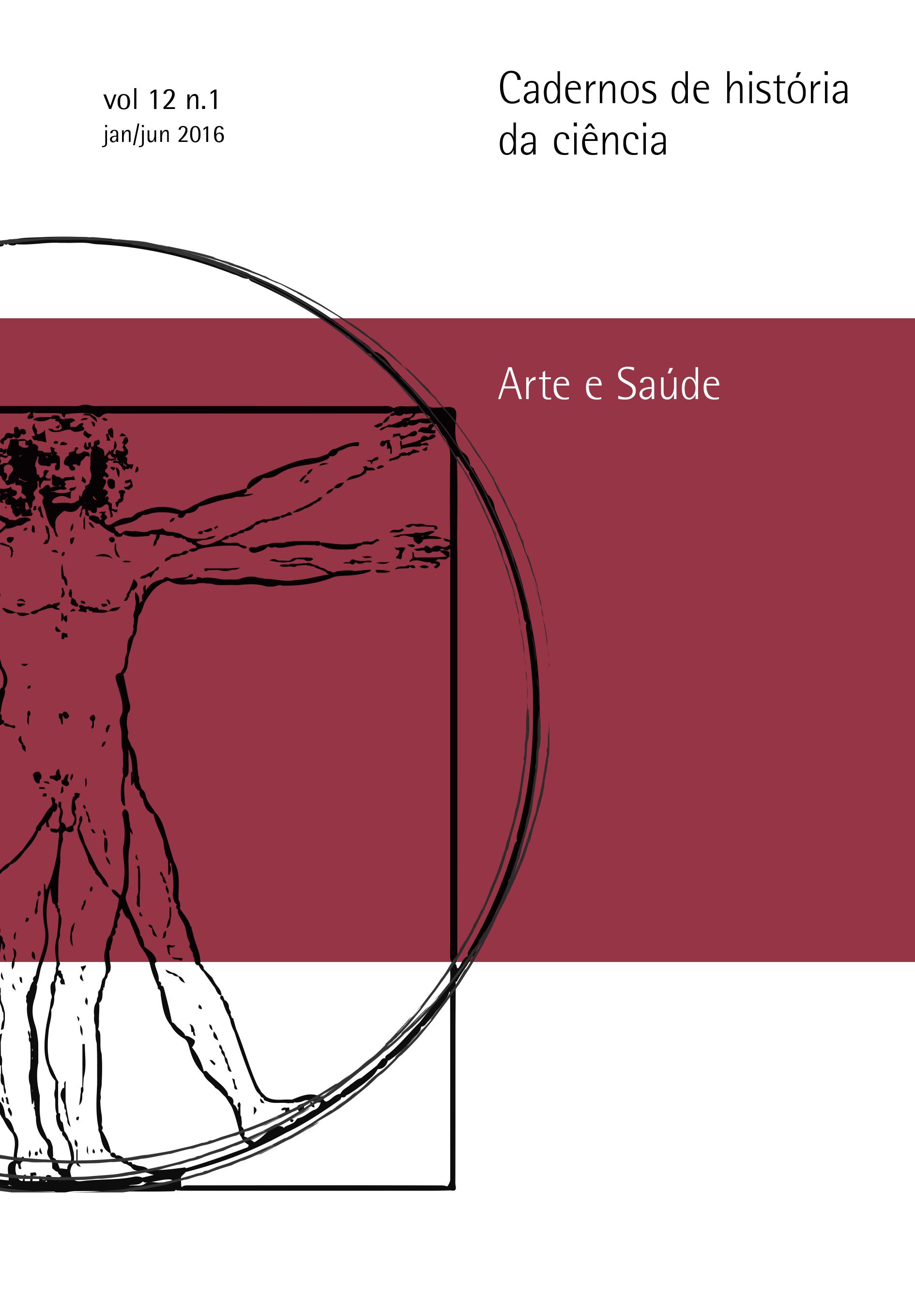Abstract
In the middle of 19th century, photography emerged as an important tool for diagnosing patients with psychiatric problems, a technique employed by one of the most important specialists of the time, the British Hugh Welch Diamond. The psychiatrist of Surrey County Lunatic Asylum, England, believed that the treatment of mental disorders would achieve full success from the use of physiognomy, art based on the evaluation of the character or personality of a person from facial expressions. In the second part of this article, connections between Diamond’s
experiments and his achievement behind the lenses of other photographers allow us to develop theoreticaliconographic analyzes about the patients’ look at the Juqueri Psychiatric Hospital in different periods, which gives us clues about certain individuals who were deeply observing as much as they were amply “taken by the eye” of the camera. Just as the machine waged a dialogue fraught with symbologies and impressions, in parallel in the field of visual arts, its major representative, Van Gogh, thus recorded this ambivalence in producing series of self-portraits, especially in the period in which he was in an institution for the mentally ill, considered one of the most creative of the artist’s career.
References
DIAMOND, H.W. On the Application of Photography to the Physiognomic and Mental Phenomena of Insanity (1856). PsicoArt – Rivista Online Di Arte e Psicologia, dez. 2010; 1(1). Disponível em: <https://psicoart.unibo.it/article/view/2090>. Acesso: 22 fev. 2017.
DYER, G. O instante contínuo: uma história particular da fotografia. São Paulo: Companhia das Letras; 2008. 293 p.
FIGUEIRA, E. Psicologia da arte. São Paulo: Edição do Autor/AgBook; 2013.
FRALETTI, P. Juqueri: passado, presente, futuro. Biblioteca Virtual em Saúde. São Paulo; , jan./dez, 1986-1987. XLVI: 156-177.Disponível em
<http://pesquisa.bvsalud.org/bvsvs/resource/pt/ses-29230>. Acesso em 19 fev. 2017.
FRANCES, M.T. El cuerpo ausente: Representaciones corporales en la frontera de una presencia ausente. Estud. - Cent. Estud. Av., Universidade Nacional de Córdoba, Córdoba. jun 2012; (27):107-18. Disponível em <scielo.org.ar/scielo.phpcript=sci_arttext&pid=S18525682012000100009&lng=es&nrm=-iso>. Acesso em 22 fev. 2017.
GONÇALVES, T.F.C. A fotografia psiquiátrica no século XIX: Hugh Welch Diamond - DOI 10.5216/vis.v6i1eI2.18071 Visualidades, abr. 2012; 6(1 e 2. Disponível em: <https://www.revistas.ufg.br/VISUAL/article/view/18071/10773>. Acesso em: 20 fev. 2017. .
HACKING, J. Tudo sobre fotografia. Rio de Janeiro: Sextante; 2012. 576 p.
HANNAVY, J. Encyclopedia of Nineteenth-Century Photography. vol. 1 A-I. New York: Routledge Taylor & Francis Group; 2008.
KOSSOY, Boris. Fotografia & História. 2.ed. rev. São Paulo: Ateliê Editorial; 2001. 167 p.
___________. Os tempos da fotografia: o efêmero e o perpétuo. São Paulo: Ateliê Editorial; 2007. 174 p.
___________. Realidades e ficções na trama fotográfica. São Paulo: Ateliê Editorial; 2002. 152 p.
LANCMAN, S. A loucura do outro: o Juqueri no discurso dos seus protagonistas. Mestrado em Saúde Coletiva, Universidade Federal da Bahia (UFBA), 1988. Orientador: José Augusto Guilhon de Albuquerque. OLIVEIRA, W.V. A assistência a alienados na cidade do Rio de Janeiro (1852-1930). Rio de Janeiro: Fiocruz; 2017.
PARENT, A. Duchenne De Boulogne: a pioneer in neurology and medical photography. Canadian Journal of Neurological Sciences/Journal Canadien des Sciences Neurologiques, ago. 2005; 32:369-377. Disponível em: https://www.cambridge.org/core/journals/canadianjournal-of-neurological-sciences/article/divclasstitleduchenne-de-boulogne-a-pioneer-inneurology-and-medical-photographydiv/2B53984542CA3E0D326B962121D1F32B. Acesso em: 20 fev. 2017.
PIZZOLATO, P.P. O projeto do Hospital de Retaguarda e Reabilitação Física do Complexo Hospitalar do Juquery. Arquitextos, São Paulo, Vitruvius, jun. 2016; 17(193.07). Disponível em: <http://www.vitruvius.com.br/revistas/read/arquitextos/17.193/6111>. Acesso em: 19 fev. 2017.
ROUILLÉ, A. A fotografia: entre documento e arte contemporânea. São Paulo: Editora Senac; 2009. 483 p.
SCHAMA, S. O poder da arte. São Paulo: Companhia das Letras; 2010. 501 p.
SONTAG, S. Sobre fotografia. São Paulo: Companhia das Letras; 2007. 223 p.
Sites pesquisados
Acervo iconográfico do Arquivo Público do Estadode São Paulo. Disponível em: <arquivoestado.sp.gov.br/site/acervo/repositorio_digital/acervo_iconografico>. Acesso em: 14 fev. 2017
